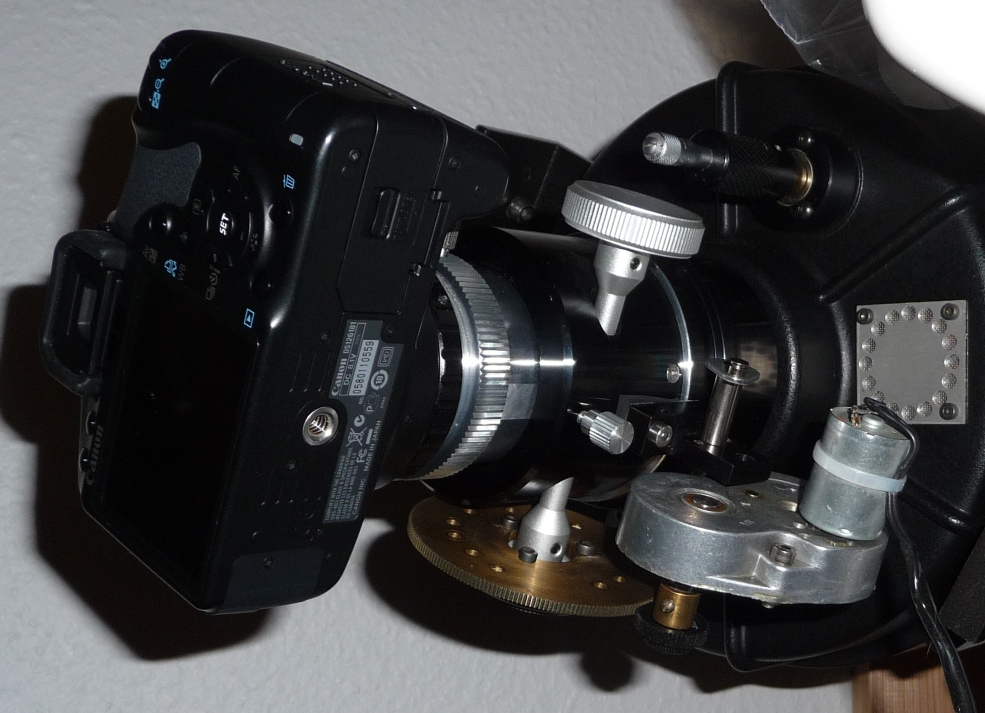Equipment
My main setup is currently an Orion Optics VX12 on a somewhat marginal HEQ5PRO mount (show here next to the C8 on its original SP-mount):

Most of my imaging up to now has been with a Celestron 8 inch SCT 1988 model with Starbright coating, most often used at F10.
The scope is shown below with guidescope AT66 and Toucam:

This is a great scope still performing very well. As it is with Schmidt-Cassegrains of this type, there are issues with mirror movements during long exposures.
Even with the mirror lock and crayford focuser I have experienced loosing up to 50% frames even when no guiding issues could be detected, due to
to mirror movements.
I have later upgraded the camera to an SBIG St-4000XCM with internal guide chip. This has completely resolved all issues with guiding and
mirror flexure etc. I typically have imaging yields of 95% or more, only if strong winds occur frames may need to be dropped.
The upgrade from Canon EOS 450D to the ST-4000XCM provided larger pixels, 5.2 ?m in EOS 450D vs. 7.4 ?m in the ST-4000XCM, both are with microlensing
(micro lenses placed at each pixel focusing more light into the pixel). The increase in sensitivity due to pixel size ST-4000XCM/CanonEOS450D is then
(7.4/5.2)^2 = 2.025.
Additionaly the ST-4000XCM is cooled up to 35C below the ambient reducing thermal noise and the readout noise is very low with electronics in general
designed for low noise application. The chip is a CCD sensor whereas the Canon EOS 450D has a CMOS sensor, it is not so clear though how important
this actually is. A good explanation of the difference can be found here:
CCD vs. CMOS
One of my best shots with this configuration is this M51 image:

This image clocks 8 hours and 20 min of exposures over 5 days and illustrates that working at F10 can be quite an issue, leading to very long exposure times in
order to reach a good S/N ratio.
M27 comparison images made with the two cameras and the C8 at F10
The image below show some of the main modifications I have made on the C8. The micrometer screw inserted in the original focuser knob is used to put force
on the screw moving the main mirror in order to remove some of the mirror flop that may occur, it does not remove all though. The Crayford focuser is a must
for accurate focusing and avoiding movement of the image when focusing. Two ventilation holes have been made in the back in order to obtain better thermal
stabilization fans have been applied but I later dropped this.





